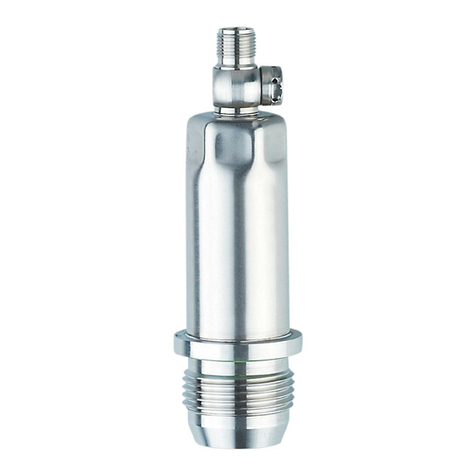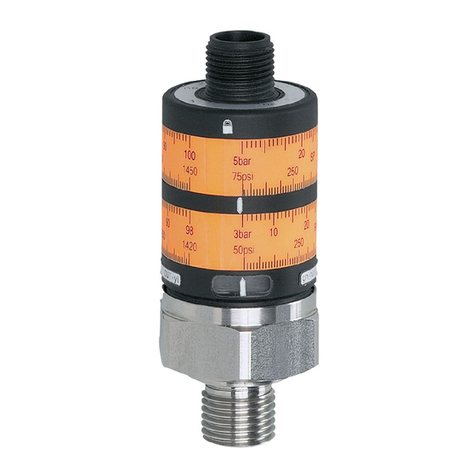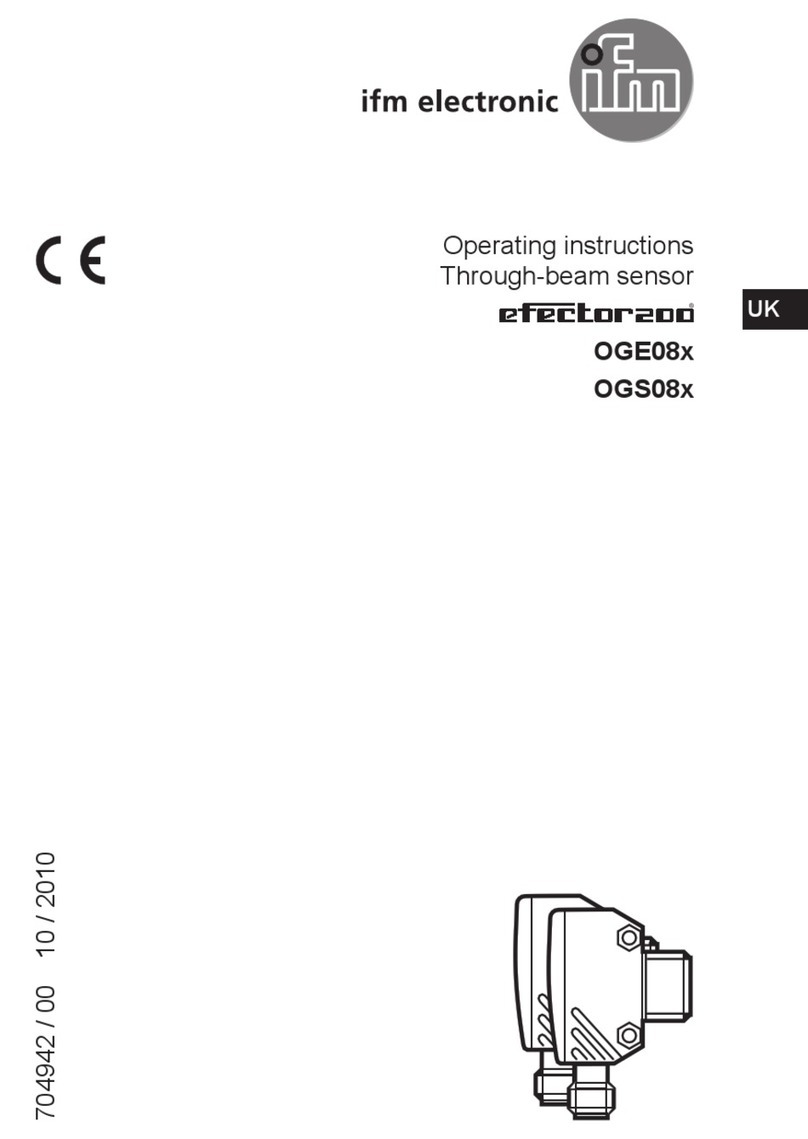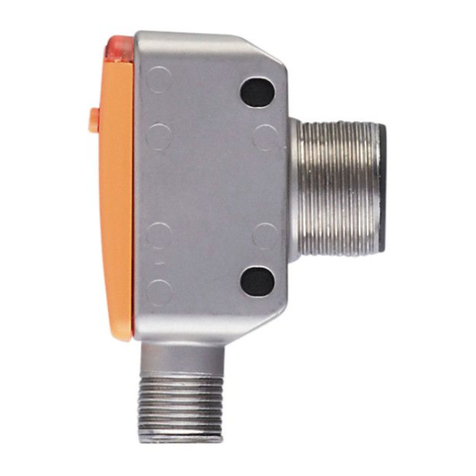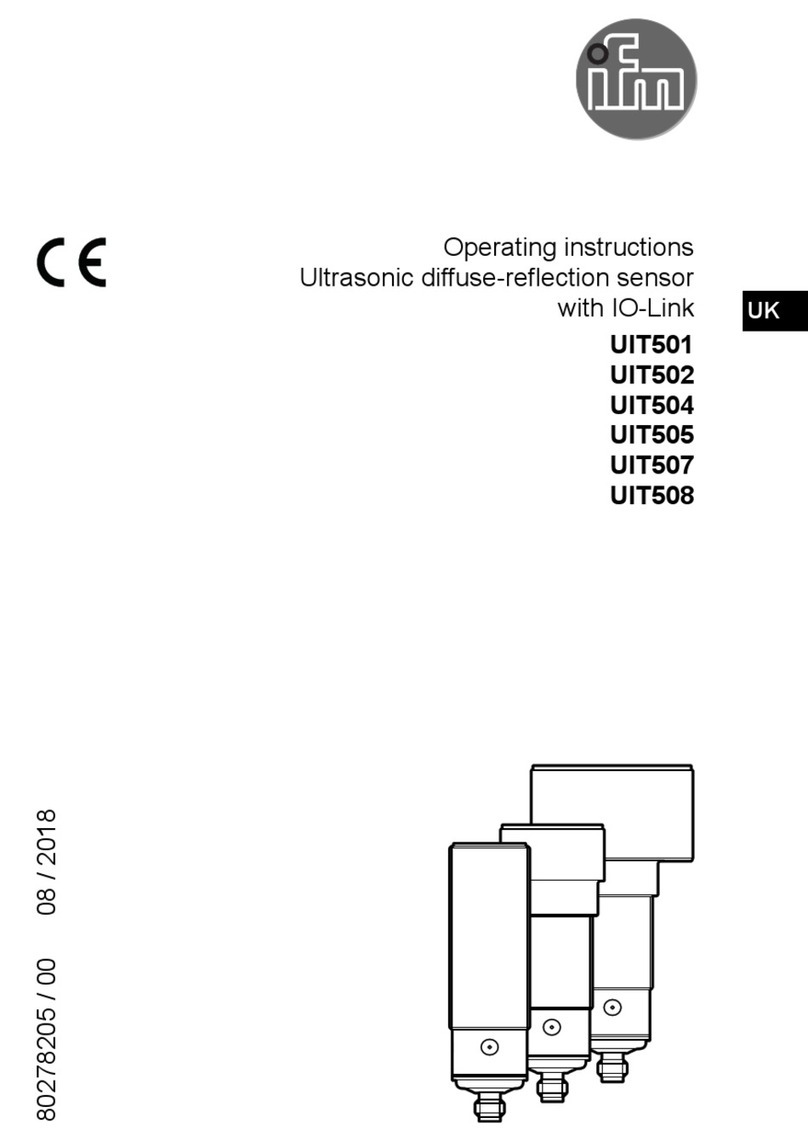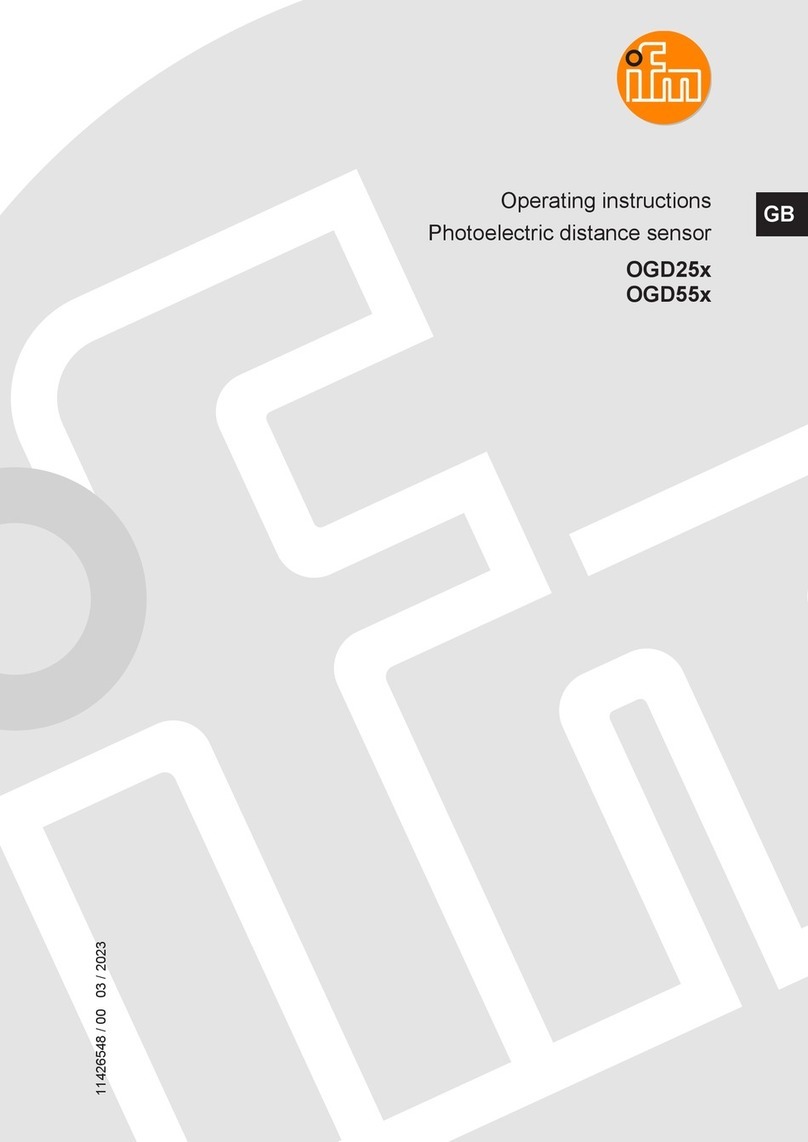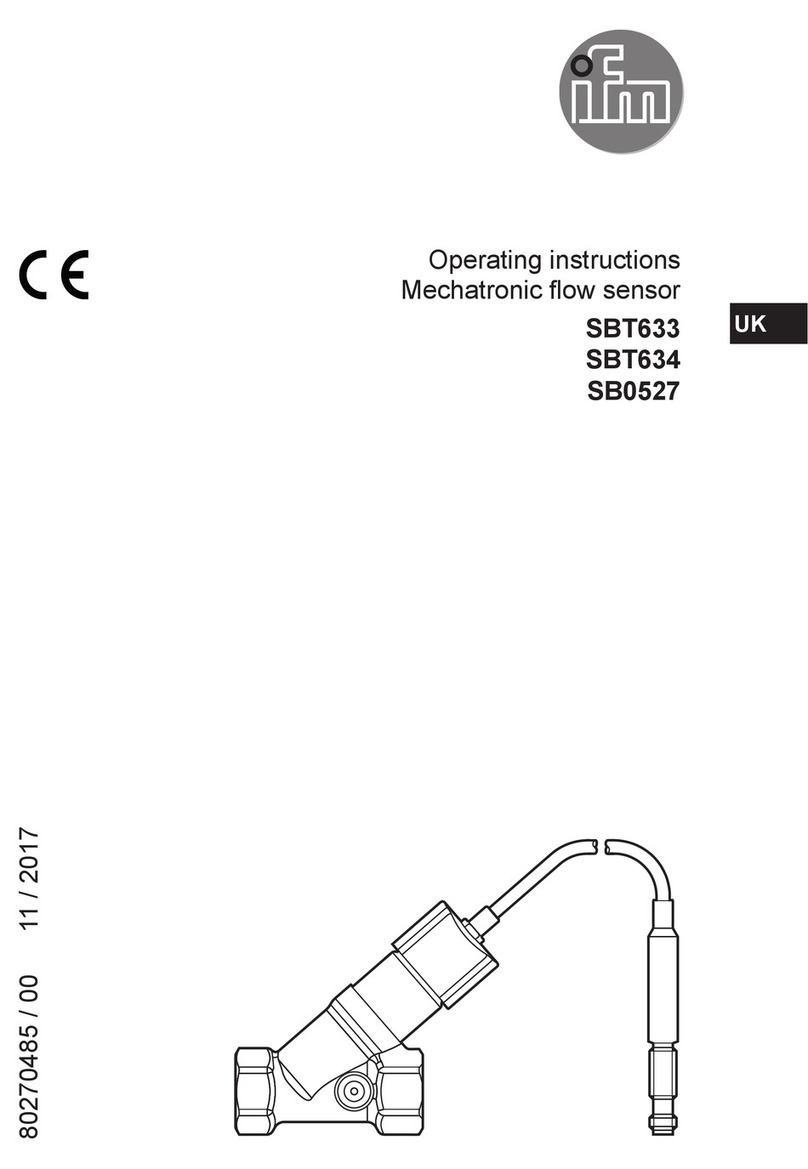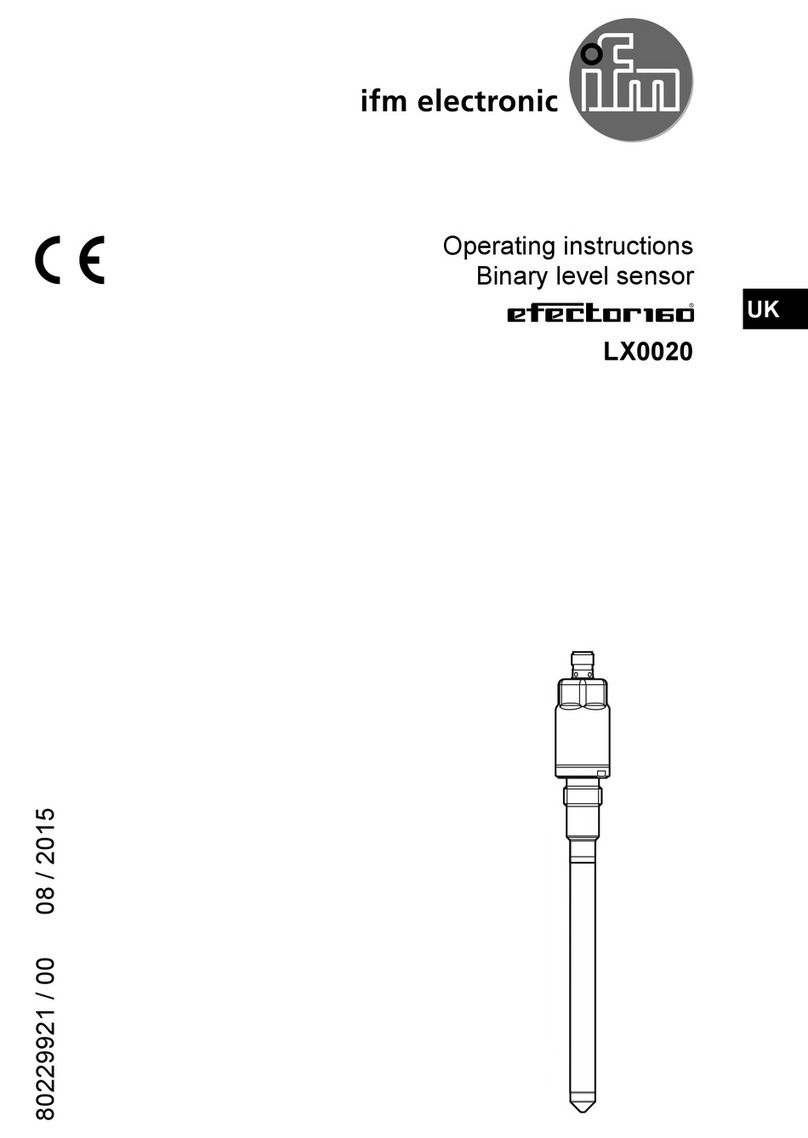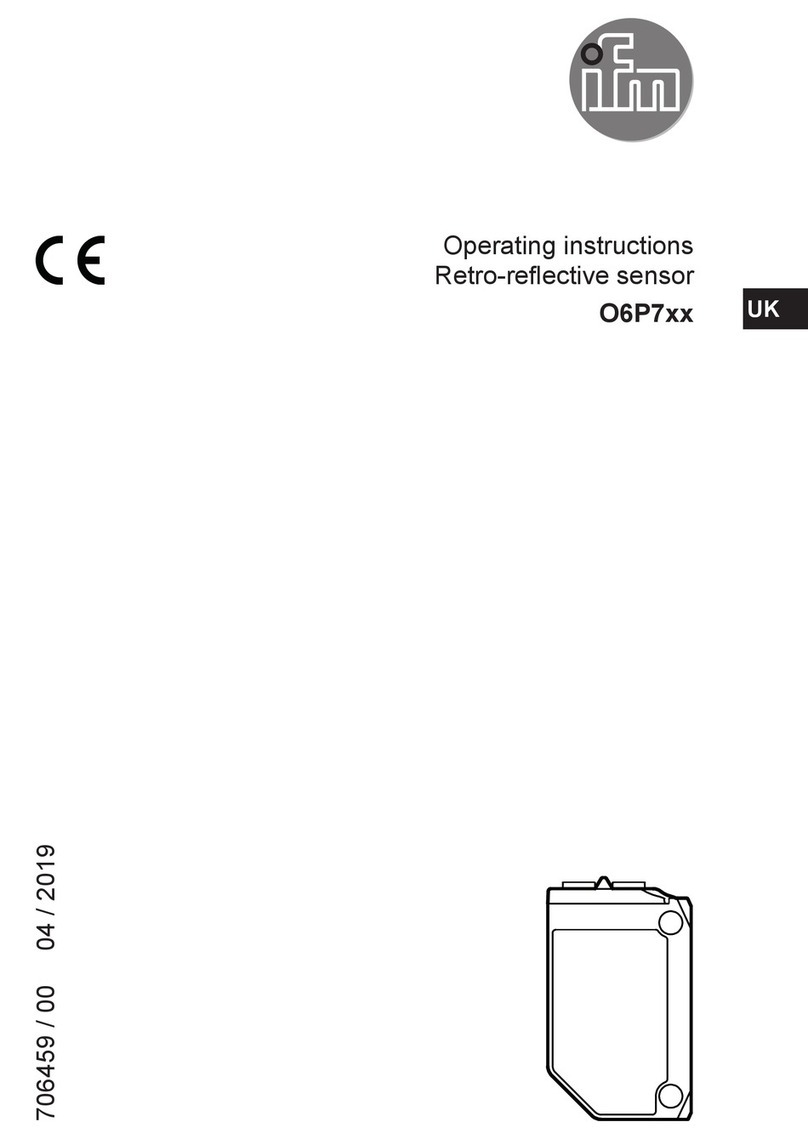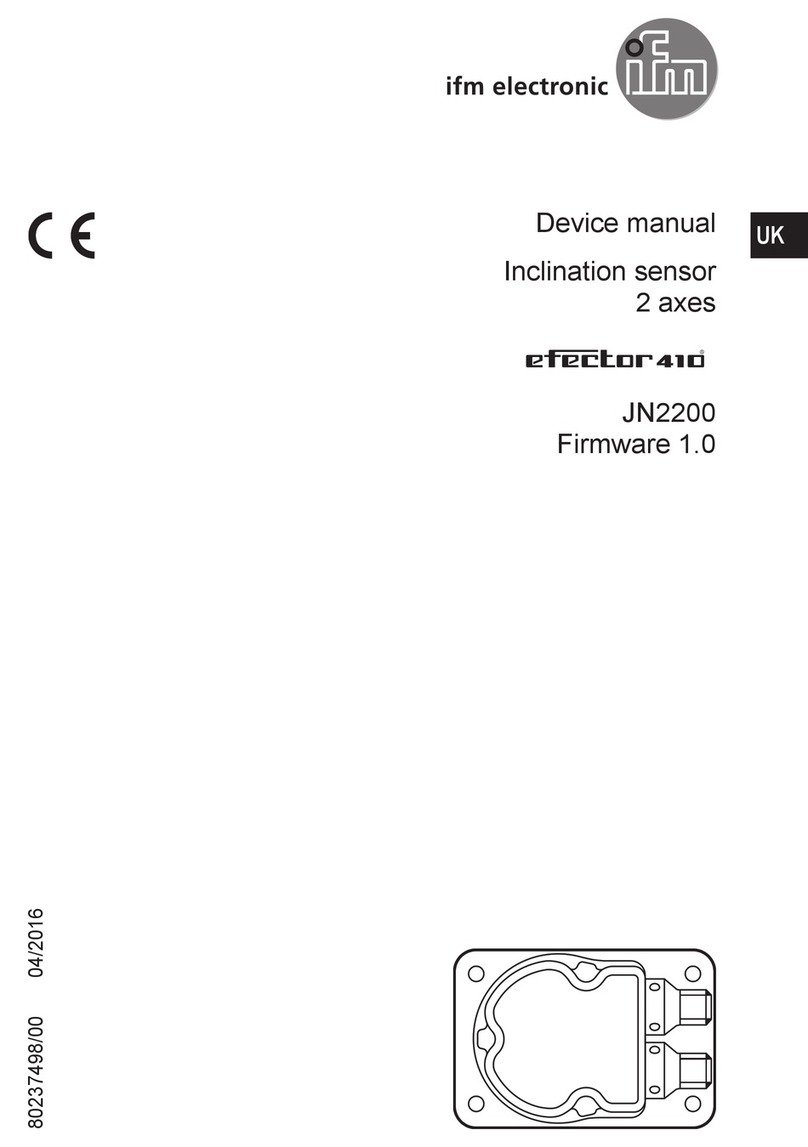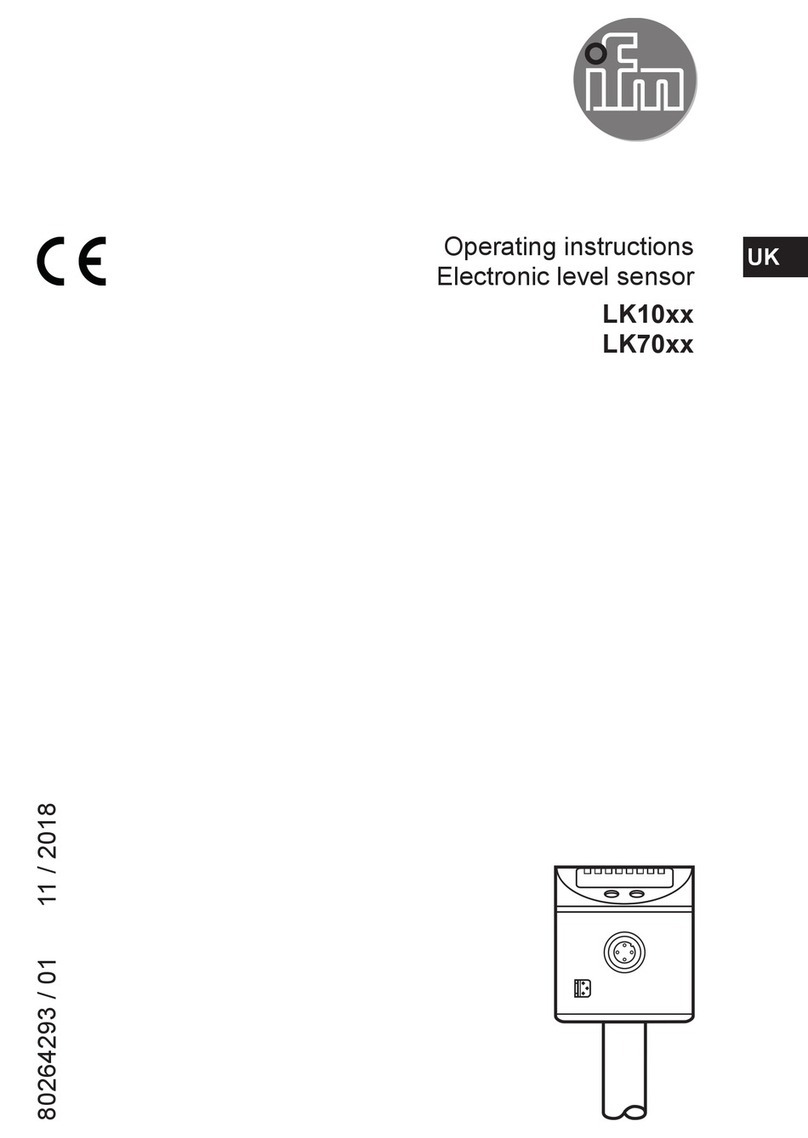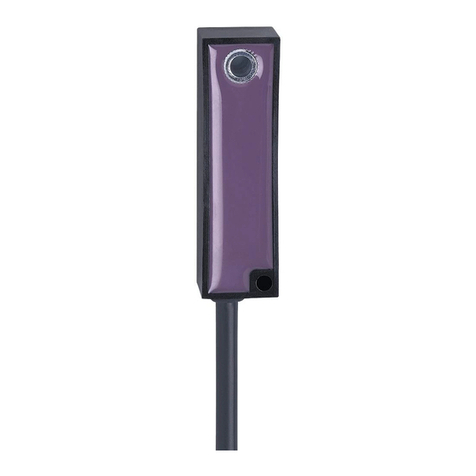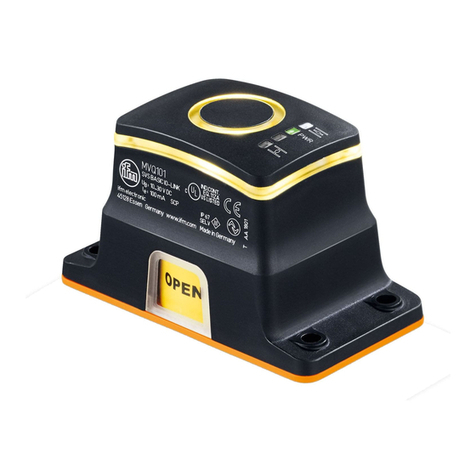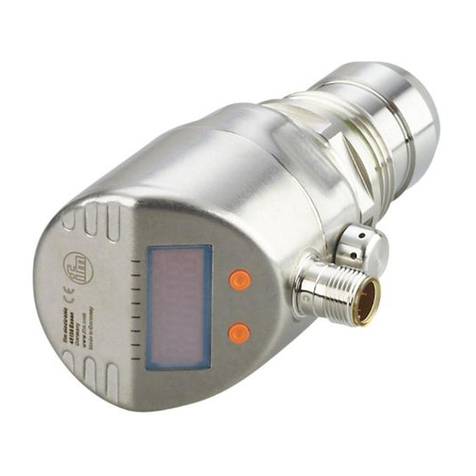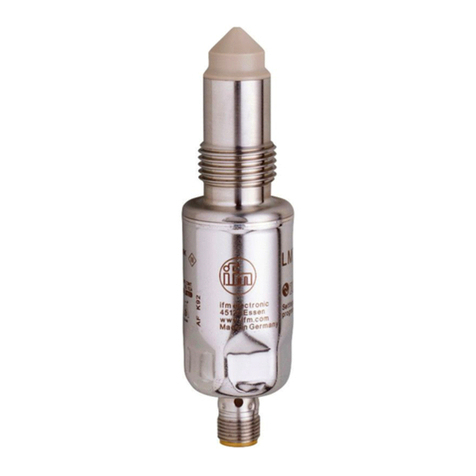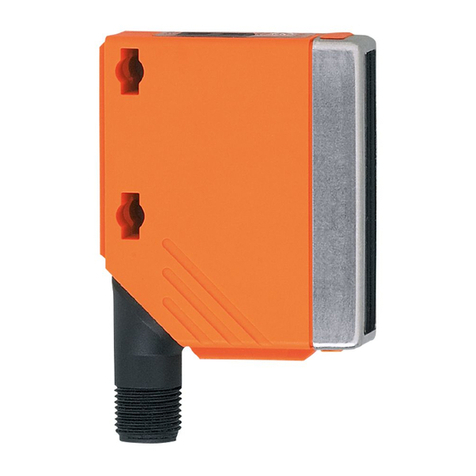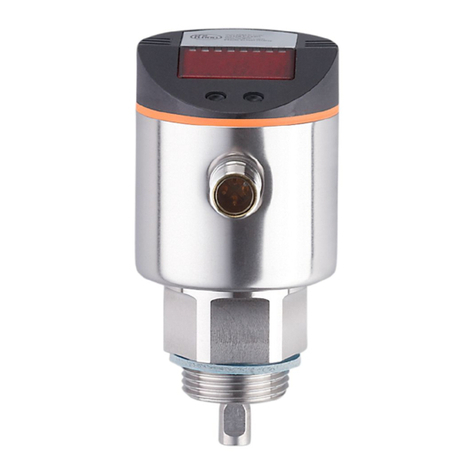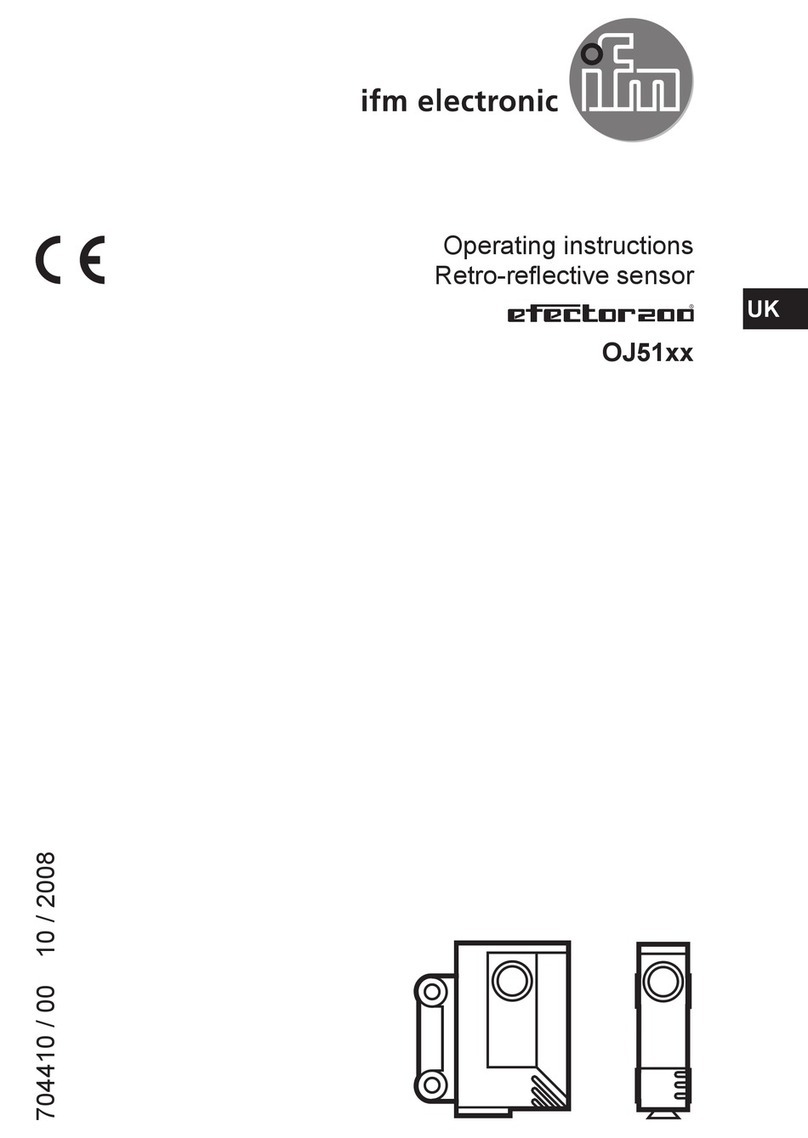
7
UK
5.2 Installation location / environment
• Install the unit according to the specification (max. 50 bar).
• Do not install the unit in the direct vicinity of hot components (e.g. motors) to
avoid thermal effects�
• The installation position shall be representative for the condition of the oil�
• The unit shall be installed at a point where the medium is sufficiently mixed�
• The probe must be completely covered by the measured medium and be below
the minimum oil level in any operating situation� Please note in particular the
level variations in the tank or a possible tilted position (fig. 2 on the next page).
• Preferred location in hydraulic circuits: in the tank close to the return pipe�
• In case of gears with forced rinsing the unit may also be installed in the rinse
pipe�
• If the unit is installed in a return pipe or a rinse pipe: make sure that the pipe
does not run dry in any operating situation�
• If the oil in the tank is not sufficiently mixed, it is possible that free water settles
on the bottom� In this case two layers form: the upper one consists of oil, the
lower one of free water� Should the measurements be made in the upper level,
the horizontal installation according to number 6 in figure 1 on the next page
is recommended� Should the measurement be made in the lower layer, the
vertical installation according to number 5 is recommended�
• When the sensor is installed vertically into the bottom make sure that the
sensor is above the decoction level� Otherwise measurement may be affected
by build-up of dirt�
• The max. installation angle (fig. 2 on the next page, position number 7)
depends on the installation height and the min� level� The probe must again be
completely covered by the measured medium and be below the minimum oil
level in any operating situation�
